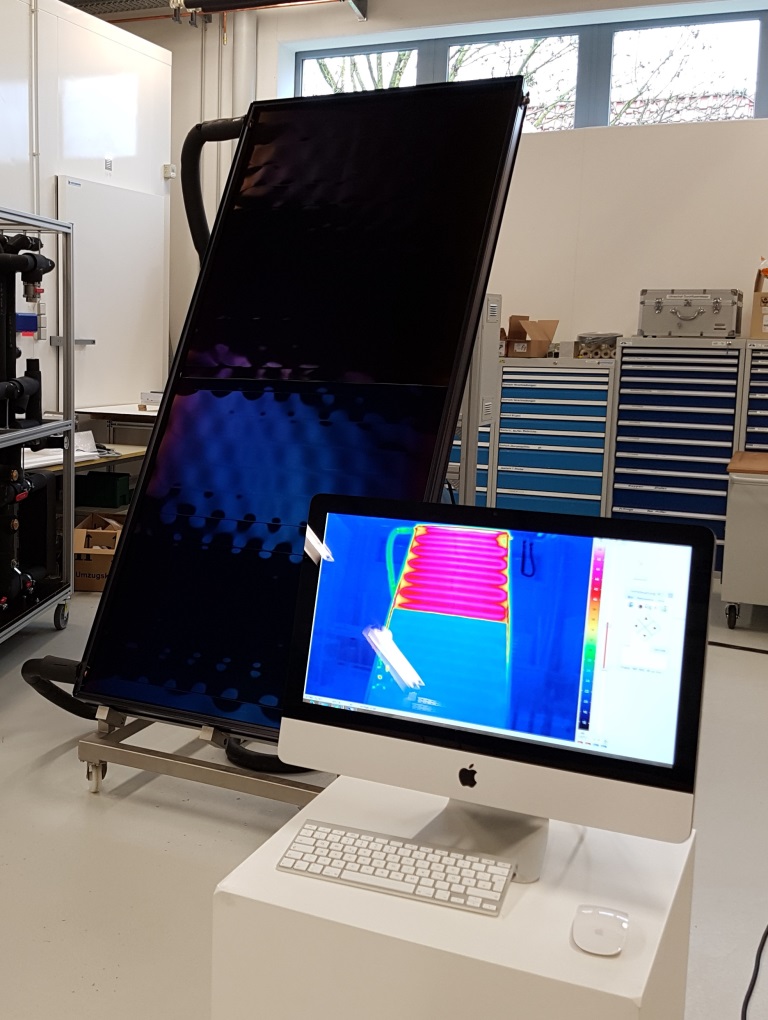Emmerthal (RGo). The Institute for Solar Energy Research in Hameln/Emmerthal (ISFH), an affiliated institute of the Leibniz Universität Hannover, has received a research contract for €2 million from the Federal Ministry of Economics and Energy. Over the next three years, four scientists and two technicians will be developing a new type of coating for solar thermal collectors, which Viessmann Werke GmbH in Allendorf intends to use for a new generation of collectors. ISFH will invest in new coating systems in order to be able to realize the complex layer system. The aim is a completely new type of solar collector with high performance in the operating range and low power at standstill.
The heart of the system is a thermochromic absorber, which automatically switches to “radiating heat to the environment” by means of a physical phase change as soon as the collector and storage tank have reached the maximum operating temperature. This prevents overheating of the solar circuit, the formation of steam and the long-term decomposition of the antifreeze. The Viessmann Werke and ISFH expect that this collector will significantly reduce the system costs for solar systems, since expensive components suitable for high temperatures are not required, installation is simplified and maintenance intervals can be reduced.
ISFH will examine solar systems equipped with thermochromic collectors on the test roofs in Ohr in detail. For further field testing, we are still looking for interested parties who would like to use the new product. These systems would then be equipped with additional measuring technology and scientifically supported by the project partners.

